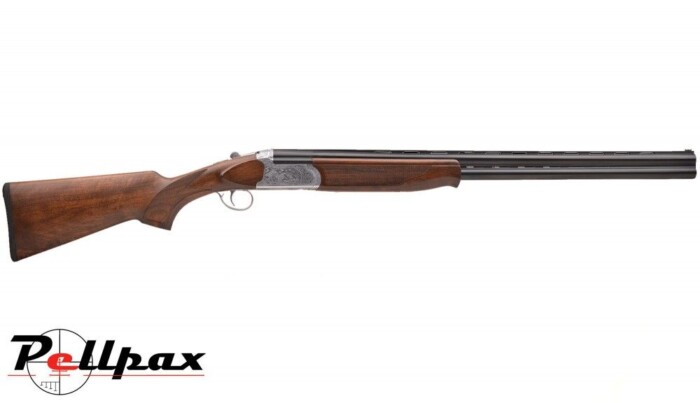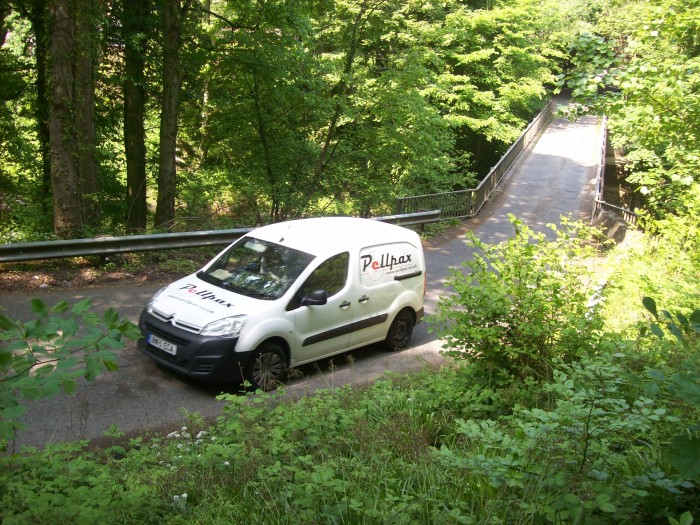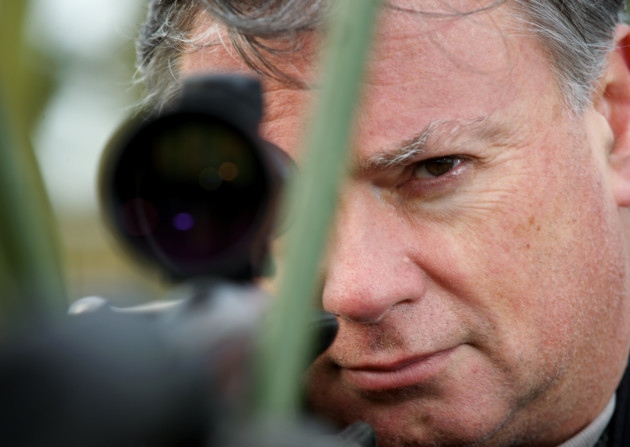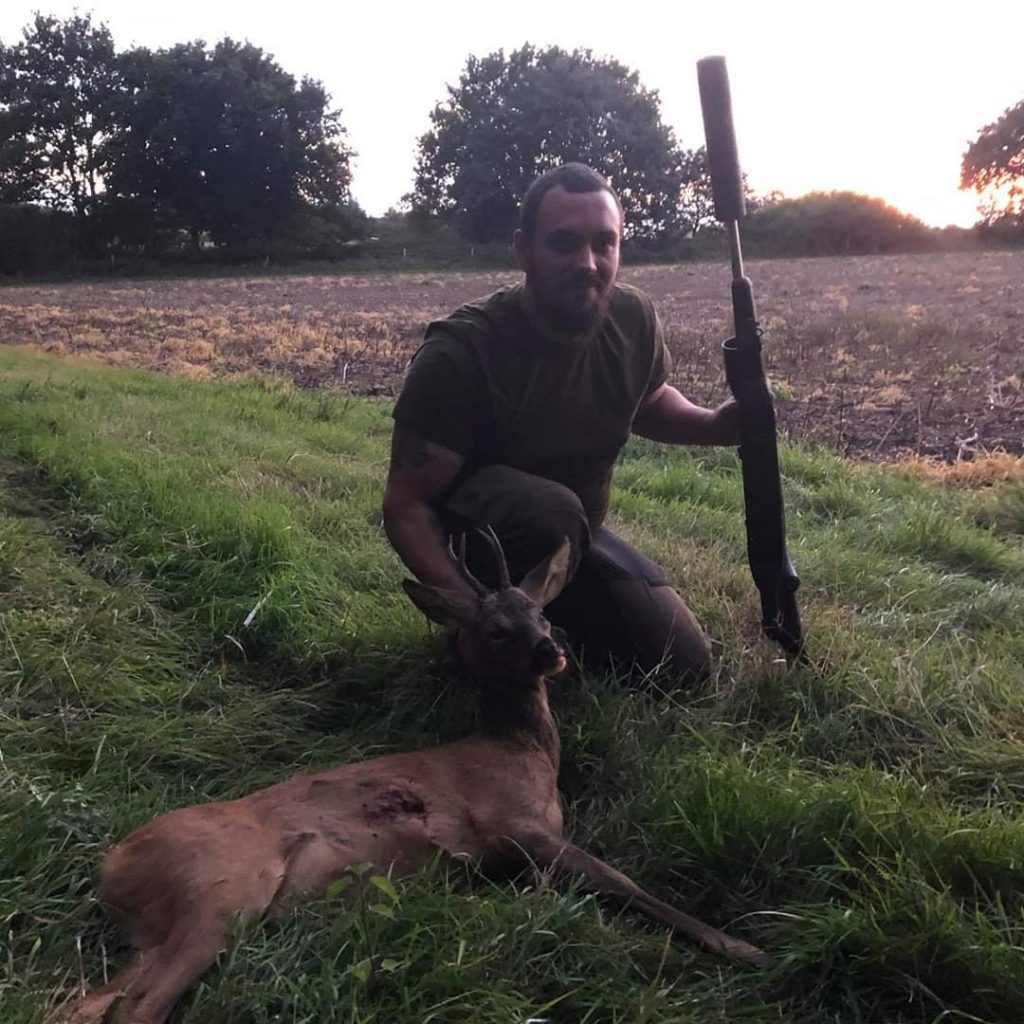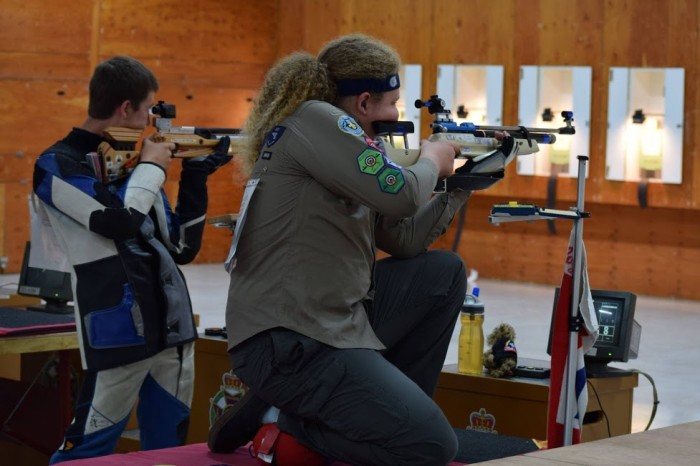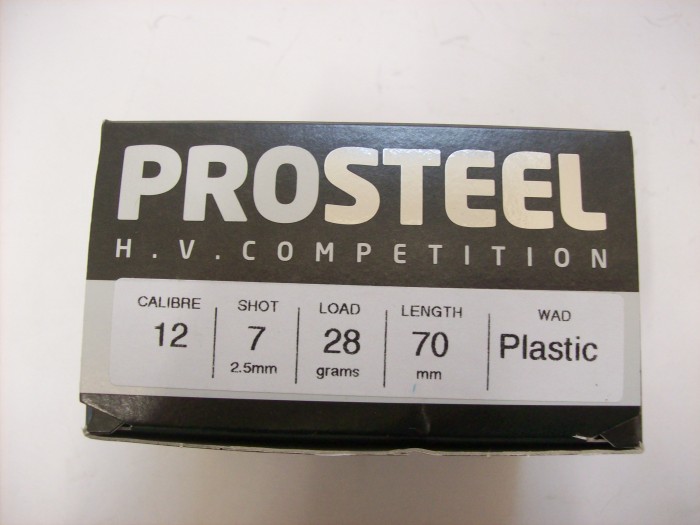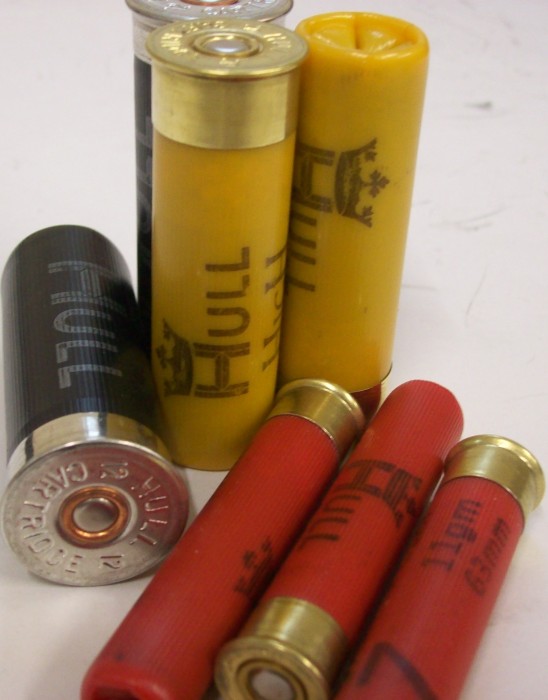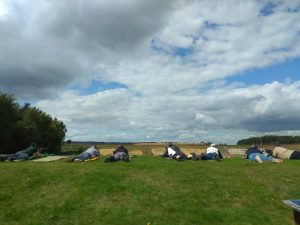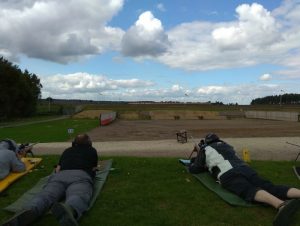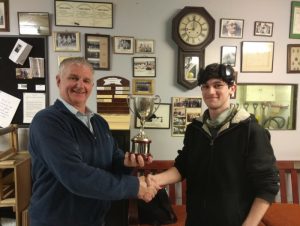Pellpax
is a company well known for a reliable, face-to-face delivery service. Each
weekend, our own drivers cover the whole of England and Wales, delivering
firearms to the doors of our customers. We’re able to do this because Pellpax
is a Registered Firearms Dealer.
The
UK has the strictest firearms regulations in the world. Fortunately, shooting
sports are surviving Britain’s legislative measures to prevent gun crime. If
you’ve ever bought a gun from Pellpax, you’ll be familiar with the procedure.
As a
registered firearms dealer, Pellpax carries a huge responsibility. We don’t
take this responsibility lightly. In fact, we consider our licence to sell
firearms a privilege.
Customers
ask a lot of questions about airguns and firearms and their ammunition. Today
we’re going to have a go at answering five of the most common questions that
people ask about live-fire guns.
1.
Do I need to have a Firearms Certificate (FAC)?
For
a start, you’ll need a firearms licence if you own a live-fire weapon.
Firearms
Act 1968 Section 1 (1)
It is an offence
for a person
- to have in his possession, or to purchase or acquire,
a firearm to which this section applies without holding a firearm certificate
in force at the time, or otherwise than as authorised by such a certificate.
- to have in his possession, or to purchase or
acquire, any ammunition to which this section applies without holding a firearm
certificate in force at the time, or otherwise than as authorised by such a
certificate, or in quantities in excess of those so authorised.
Firearms
Act 1968 Section 2 (1)
Subject to any exemption under this Act, it is an offence
for a person to have in his possession, or to purchase or acquire, a shot gun
without holding a certificate under this Act authorising him to possess shot
guns.
That
covers all rimfire and centrefire guns and their ammunition. For possession of
both a shotgun and a live-fire rifle, you’ll need an FAC (firearm certificate)
for each. The licence will specify the calibre and action of your gun, and
there’ll also be a restriction on the amount of ammunition you’re permitted to
possess at one time.
Firearms
Act 1968 Section 57 (1), defines a firearm as
a lethal barrelled
weapon of any description from which any shot, bullet or other missile can be
discharged.
Clear
as a bell – apart from the word lethal, which is a matter of
interpretation. For the purpose of this law, a lethal weapon has the potential
to discharge a missile with 12 ft/lb or more of muzzle energy. This definition,
of course, includes some air rifles.
There’s
no central issuing authority for firearms licences. Each regional police force deals
with application, issue, and renewal of FACs. Although the Firearms Act 1968 presents
clear guidelines, much of its execution is down to interpretation by
experienced police officers who have in-depth knowledge of firearms and a clear
understanding of firearms law.
The
Firearms Act 1968 Section 27 (1) says
A firearm
certificate shall be granted where the chief officer of police is satisfied
- that the applicant is fit to be entrusted with a firearm …
and is not a person prohibited by this Act from possessing such a firearm
- that he has a good reason for having in his possession, or
for purchasing or acquiring, the firearm or ammunition in respect of which the
application is made
- that in all the circumstances the applicant can be
permitted to have the firearm or ammunition in his possession without danger to
the public safety or to the peace.
Basically, you must have a
legitimate reason for owning a gun, and the licencing officer needs to be
satisfied that you’ll abide by the law and not put anyone at risk … and you
have to be a ‘he’. Just kidding.
2. How does a shotgun shell work?
A shotgun shell – or cartridge – is
made up of the following components:
Case
The plastic casing (or shell) of
the cartridge holds everything together and forms a seal within the barrel,
allowing the pressure of expanding gasses to build. At the base of the casing,
a protruding metal (usually brass) rim acts as an anchor. The crimped top forms
a lid to keep the contents secure, and when the gun is fired, the leaves form a
sort of funnel for the shot.
Primer
A small amount of primer is contained
within a central recess of the cartridge’s flat base. The firing pin crushes
the primer, and the impact causes a chemical reaction that ignites the primer,
creating enough heat to ignite the propellant.
Propellant
The propellant is the exploding black
powder or smokeless powder (a term used chiefly in the US). When black powder
burns, the product is approximately half gaseous and half solid. When smokeless
powder (‘propellant’ in the UK) combusts, the product is mostly gaseous, and
therefore a lot less smoky than traditional gunpowder.
Wad
The wad, which is made up of three
plastic (or fibrous) components, serves multiple purposes.
Wadding separates the explosive
from the shot and creates a seal to prevent the propellant gas from passing through
the shot and thus losing power. The centre piece of the wad is the cushion,
which acts as a shock absorber by compressing under pressure; this helps to
prevent deformation of the shot. Another part of the wadding cups the shot,
keeping it together as it’s propelled down the barrel.
Projectile
Shot cartridge projectiles come in
various forms – from a single slug, to a dozen buckshot pellets, to hundreds of
tiny birdshot. Shot pellets are usually made of lead, but can also be of other
metals, such as tin, zinc, bismuth, or steel.
3.
How does a rifle cartridge work?
A rifle cartridge is made
up of the following components:
Case
A
rifle cartridge case is made of metal – usually brass. The case contains the
primer, propellant, and projectile.
Primer
The
primer is a shock-sensitive substance that combusts when hit by the firing pin.
Its purpose is to ignite the propellant.
Propellant
The
propellant is an explosive substance that quickly produces hot, expanding gas
as it burns. The pressure of this explosion propels the bullet in the direction
of least resistance – i.e. down the barrel.
Traditionally, the propellant was gunpowder (also known as black
powder), and it’s still used today. However, it’s now more usual for the
propellant to be smokeless powder (in the UK, known simply as ‘propellant’).
Projectile
The
projectile in a rifle cartridge is a bullet, which is usually a single
flat-bottomed dome, made of lead or lead alloy, weighing between 15 grains and
around 750 grains. Some are long and narrow, and others are squat. Some bullets
have pointed tips, and others have tapered bottoms.
4.
What’s the difference between rimfire and
centrefire?
The
difference between a rimfire and a centrefire cartridge is down solely to the
way in which the firing pin strikes the primer.
Centrefire cartridge
In a
centrefire cartridge, the primer is contained in a metal cup within the centre
of the base. The primer is all in one place, so when it’s struck by the firing
pin, the resulting combustion is consistent and predictable. A centrefire
cartridge is more expensive than a rimfire cartridge, but it’s safer to
transport, store, and handle, because of a thick metal casing and protective
position of the primer.
All
shotguns are centrefire.
Rimfire cartridge
With
its thin-walled case, a rimfire cartridge is easier and cheaper to manufacture,
and therefore cheaper to buy. The rimfire cartridge, though, is not as reliable
as its centrefire equivalent. With the primer spread around the rim of the
cartridge and struck by the firing pin at just one point, the level of chemical
reaction is inconsistent.
5.
What do the numbers on a shotgun shell mean?
Gauge/Calibre
The gauge, or calibre, of the shell case is a measurement of its diameter, which is represented in this way:
Imagine a pure lead
sphere that fits perfectly into the barrel of a specific gun. The weight of this
imaginary sphere is expressed as a fraction of a pound – e.g. 1/12 or 1/20.
A 12-gauge cartridge is
the right size for a barrel that would, in theory, be a perfect fit for a lead
sphere that weighs 1/12 of a pound. A 20-gauge cartridge fits a barrel that
would hold a lead ball that weighs 1/20 of a pound. So, the 20-gauge cartridge
is smaller than the 12-gauge cartridge.
Shot
Pellet size is expressed
as a code. Below are a couple of examples.
| Shot Pellet Size | Pellet Diameter |
Pellet Weight
| Count per 28g |
|
7 Shot
|
2.5mm
|
0.08g
|
340
|
|
6 Shot
|
2.6mm
|
0.1g
|
270
|
In a Hull
Cartridge Imperial Game
6 shot cartridge, with a 26g load, there’ll be approximately 250 (270/28
x 26) to 260 (26/0.1) pellets.
A Hull Cartridge
ProSteel 7 shot cartridge, with a load of 19g, will contain approximately
230 (340/28 x 26) to 237 (19/0.08) pellets.
Load
The load is the combined
weight of the shot.
A birdshot cartridge containing
approximately 460 pellets might have a total weight of 492 grains (32g); each
pellet weighs 1.07 grains (0.07g). Nine 60-grain (3.9g) pellets in a buckshot
cartridge will have a combined weight of 540 grains (35g). And a single slug
weighing 383 grains (24.8 grams) carries the shell’s total weight in one unit.
Length
The measurement given is
the length of the cartridge with crimps open – its length after being
fired.
Using a shell that’s too
long for the chamber can cause serious bodily injury and considerable damage to
a gun A shorter shell, though, is fine.
There’s usually a
manufacturer’s warning on the cartridge box – e.g. Use only in guns with a
minimum chamber length of 76mm or These cartridges are suitable for use
in guns with a chamber of 2 ½” (65mm) or longer.
Contact us
These are just a handful
of the questions that people ask about live-fire guns. For more information
about firearms or any of the products we sell, just give us a call on 01263 731
585 or email [email protected].



